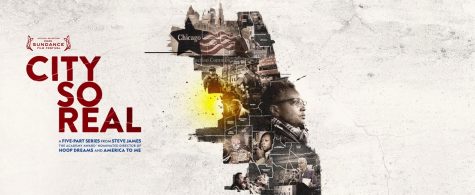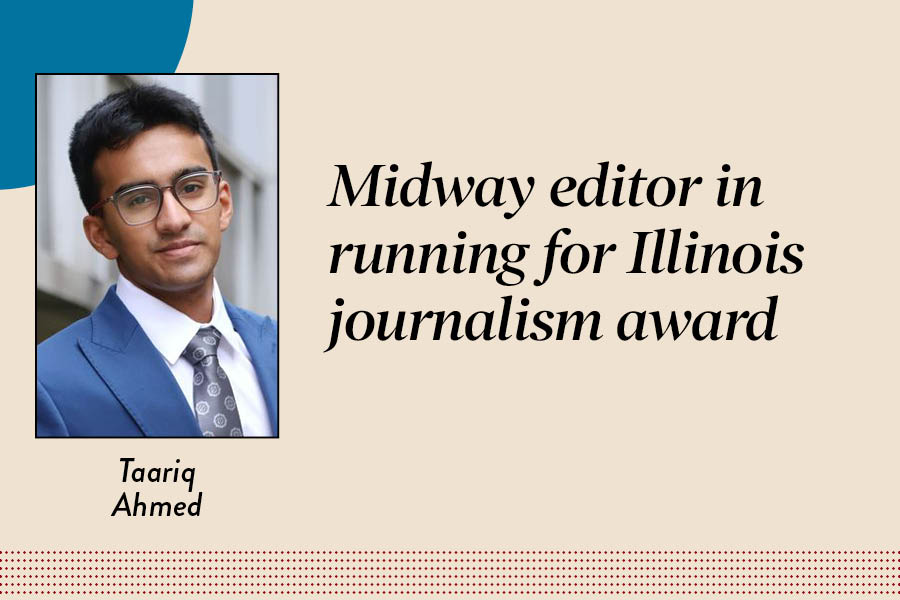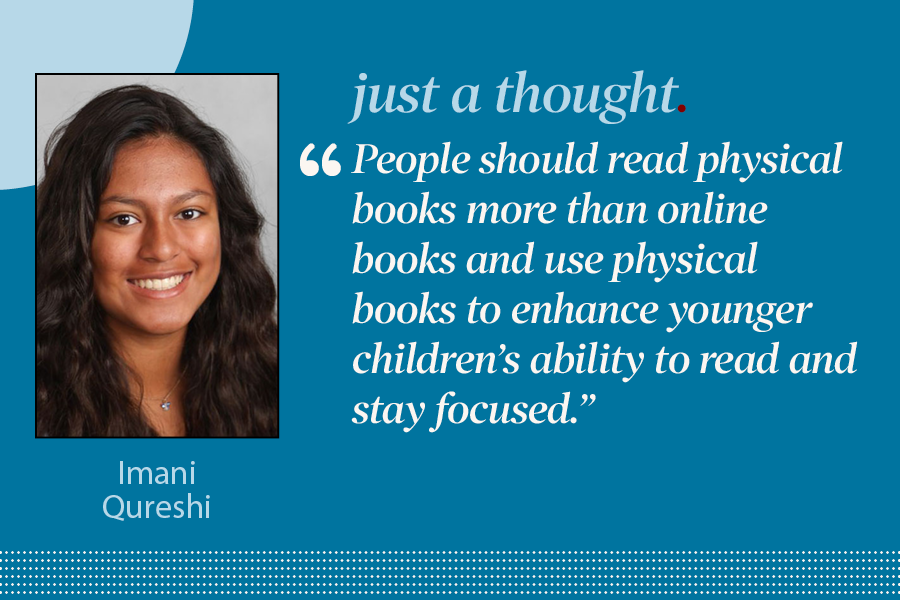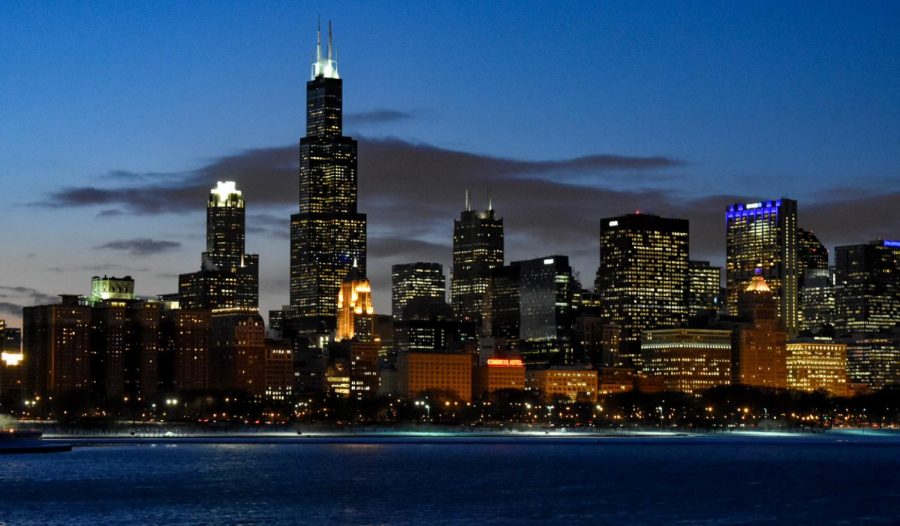Director Steve James shares Chicago’s diverse experiences, identities in series ‘City So Real’
Documentarian Steve James says filming offers a raw look into the lives of individuals
The downtown Chicago skyline reveals only a few of the 77 Chicago neighborhoods represented in the series ‘City so Real’.
December 18, 2020
With 77 neighborhoods, 234 square miles and more than 2.5 million residents, it is an ambitious task to tell the story of Chicago’s people. Award-winning Chicago documentarian Steve James set out to do so.
In more than five hours of “City So Real,” Mr. James paints a picture of Chicago — not one that romanticizes the city but rather illustrates the real, complex, diverse people that make up the city.

With footage from 2018 to 2020, the five-part series covers intersections of the 2019 mayoral election and the trial of Jason Van Dyke, the police officer who in 2014 fatally shot teen Laquan McDonald 16 times. The series also connected to the George Floyd protests of this past summer.
These events converging gave Mr. James his opportunity to tell the city’s story.
“Starting about 15 years ago, I wanted to paint a portrait of the city, but find the right time to do that, not just go out randomly and do it,” Mr. James said. “And then this mayoral election rolled around at the same time as the Jason Van Dyke murder trial, and that seemed like the perfect time to tell this story, so we just dove right in.”
According to Mr. James, one reason the portrait was so complex was because of the deep complexities within the city of Chicago.
“Chicago is this kind of quintessential American City,” Mr. James said. “It’s in the ‘Heartland of America,’ but yet it has all the qualities that the bigger cities of this country have — the diversity, the social problems, the culture. As much as we were doing a portrait of Chicago, in many ways, it’s like a portrait of the American city.”
Mr. James began filming “City So Real” almost as soon as he decided the angle for the project. He and his crew began following middle of the pack candidates in the mayoral race such as Amara Enyia, Neal Sales-Griffin and Willie Wilson. Mr. James wanted his sources to get as comfortable with the camera as soon as possible.
“These were folks who were very passionate and serious about wanting to be the mayor of Chicago,” Mr. James said. “To hang out with them and get a sense of them as people, to be able to break through the candidate’s veneer, was the kind of thing you need on camera to tell their story.”
According to Mr. James, one advantage of having the camera available and rolling so frequently is the mass of material and experiences they were able to record.
One scene follows mayoral candidate Amara Enyia going to her mother’s house to do her laundry — an uncommonly personal view into a public figure’s life.
“She was unguarded about that,” Mr. James said, “and it was a chance to sort of see her away from the campaign trail in a way but also to meet this extraordinary family she had.”
Mr. James believes that organic, raw interactions reveal the diversity of experiences and identities across Chicago, and these are often the most impactful moments in the series. He describes them as a “window into the lives of lots of very different people, be they candidates or people in neighborhoods.”
One night on the way home from filming, Mr. James struck up a conversation with his Lyft driver, Tracy. After finding out about the documentary and consenting to being filmed, Tracy told him about her passionate support for mayoral candidate Amara Enyia, but then continued to discuss the racism Tracy has experienced on her job.
“Those are the kinds of things that happen in documentary that you can’t predict, you can’t plan for, but that really make making documentaries such a wonderful experience,” Mr. James said.
For young people specifically, Mr. James thinks it is this kind of exposure or connection to diverse experiences that can help people connect outside of their communities and with the city as a whole.
“I hope that maybe through the film that you kind of meet,” Mr. James said, “Obviously not in-person, but, but you meet in a way, people that you find to be really interesting that you find to be passionate, that you can learn from.”
Mr. James encourages viewers to start with just one episode and see if it hooks them or not. If it does, keep watching, he says, because it is through watching the entire series that you really get the reward of seeing into other people’s lives.
“At the heart of this film really are people. It’s not the campaign, it’s not the trial, it’s the people,” Mr. James said. “Whether it’s Tracy the Lyft driver or whether it’s the folks we encountered at city hall, getting married on Valentine’s Day, people are at the heart of this film, and I think they’re the ones that give you, as you watch this film, the most hope about the city.”
































































